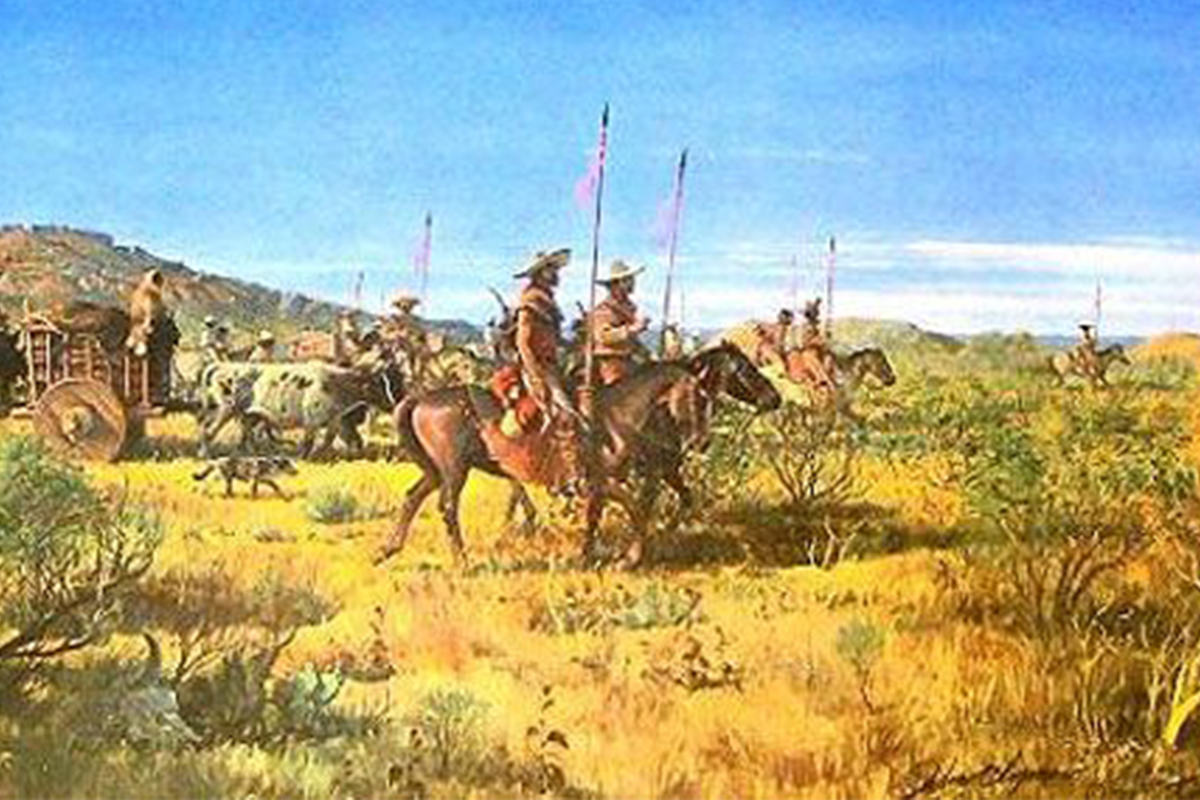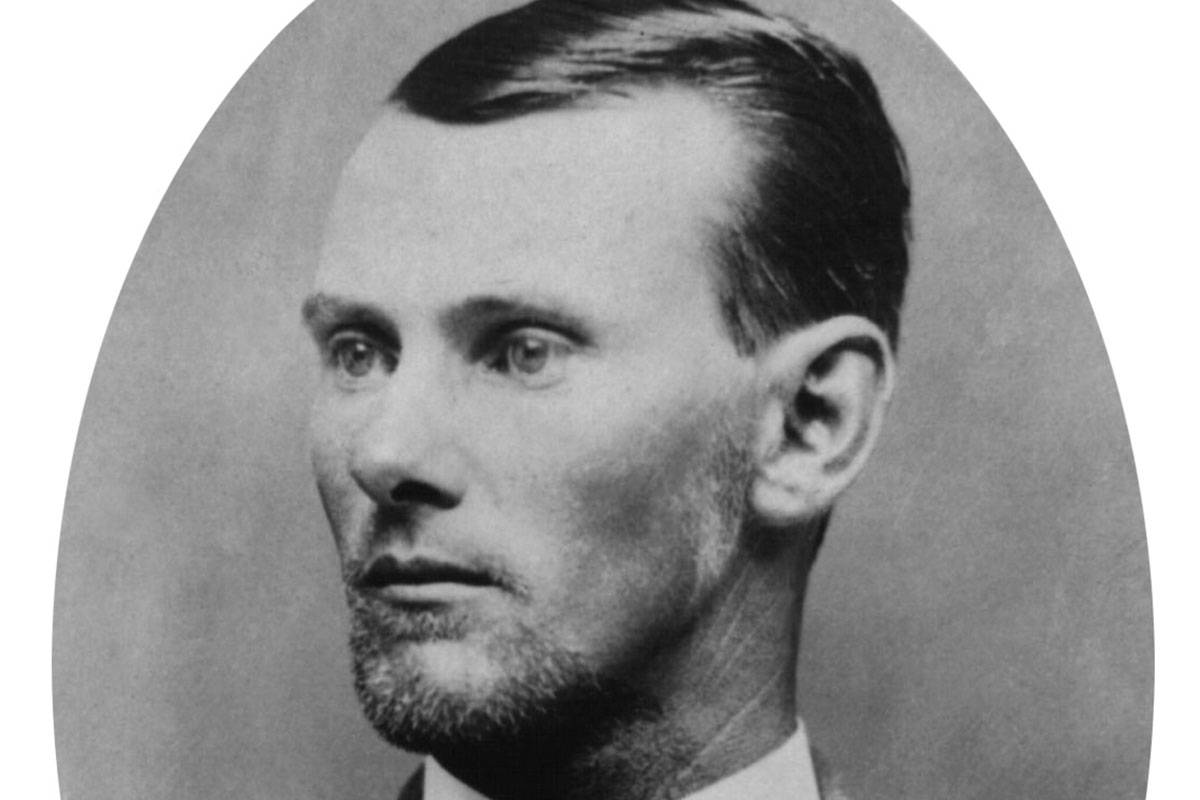
The Comancheros were a mixed ethnicity of New Mexican merchants who traded with the Comanche, Kiowa, Lipan Apache and other Southern Plains people. The Comanchero trade began after 1786 Proyecto de Guerra Treaty to reactivate commerce especially with the Comanche on the Llano Estacado after years of brutal warfare. The Comanche agreed to stop raiding the villages and ranches in the Rio Grande Valley. In return they were given manufactured goods, inferior arms, alcohol and other bribes. The Comancheros were given permission to take their goods out on the plains in search of the nomadic bands to trade. They loaded their burros and carretas (ox carts) with tobacco, coffee, sugar, beans, calico, kettles and knives. Along with corn bread, a Comanche favorite. These were traded for hides, dried meat, tallow and horses, and captives.
As the Americans moved into the area the Comancheros also provided the Spanish and Mexicans with intelligence on their activities and movements. The trade continued after the Americans gained control of the area with the exception ransoming of captives which was forbidden. Later, the trade evolved to guns, ammunition, whiskey and manufactured goods.
Business thrived during the Civil War when Comanches stole Texas horses and cattle, selling them to the Union Army. As the tribes were being moved to reservations in Indian Territory, the last holdouts were the Quahadi Comanche under the leadership, Quanah (Parker) whose mother white woman who had been captured as a child.
Following the Red River War in 1872 the last of the Comanche were rounded up. By this time the southern bison herds were depleted and that ended the Comanchero trade.





